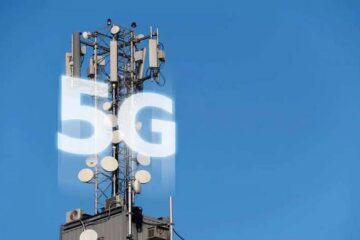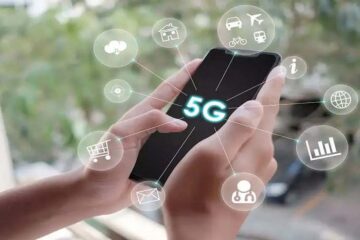Assessing the Viability of 5G for the Common Indian Citizen

The buzz surrounding 5G has permeated Indian discussions for years, enticing smartphone users even before telcos acquired 5G spectrum. However, amidst this fervor, one must question whether the common Indian, the “aam aadmi,” truly requires 5G at this juncture.
The 4G Paradox
India boasts widespread 4G coverage, with over 99% of the country enjoying high-speed internet access. Moreover, with 4G data priced as low as ₹7 per GB, the service has become ubiquitous, catering to a broad spectrum of users. The recent tariff hikes, though, have resulted in a decline in subscribers, signaling a potential hurdle for 5G adoption.
Need for Speed?
While 5G promises faster speeds and lower latencies, the existing 4G infrastructure already meets most users’ demands. India’s median 4G speeds, albeit lower than the global average, suffice for popular applications like video streaming and conferencing. Thus, the necessity for a substantial speed boost remains questionable.
Challenges in Adoption
The transition to 5G faces numerous challenges, including the availability and affordability of 5G-enabled devices. Despite the significant shipments of 5G phones in 2021, they constitute a mere fraction of India’s vast telecom user base. Moreover, the higher cost of 5G phones presents a financial barrier for many consumers.
Telcos’ Revenue Expectations
Telcos anticipate that enterprises, rather than individual consumers, will drive 5G revenues initially. With expectations that consumers will contribute only 30-40% to 5G revenues, telcos prioritize enterprise clientele. This further underscores the limited immediate relevance of 5G for the common citizen.
Conclusion
In light of the lack of compelling use cases, anticipated higher service prices, scarcity of 5G smartphones, and the elevated cost of 5G devices, 5G adoption among the masses may not be imminent. While 5G holds promise for the future, its current relevance for the “aam aadmi” remains uncertain.












